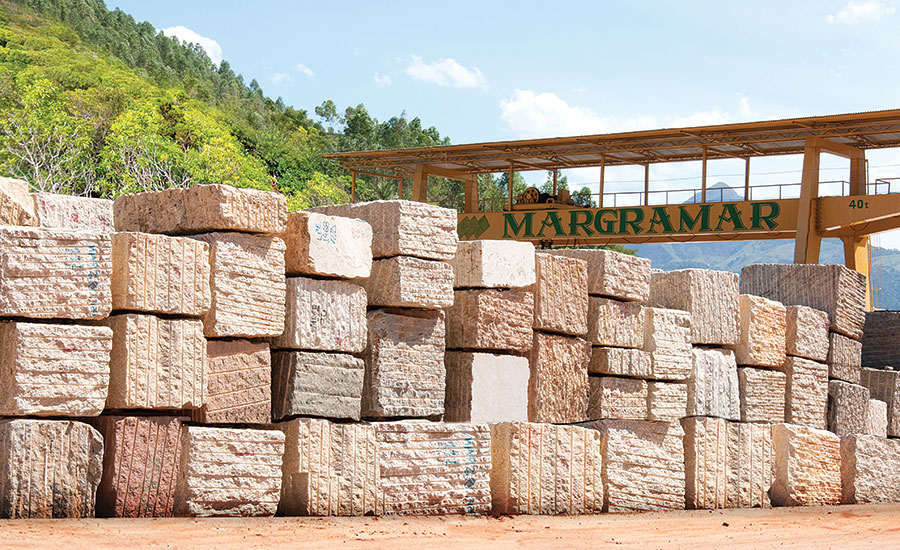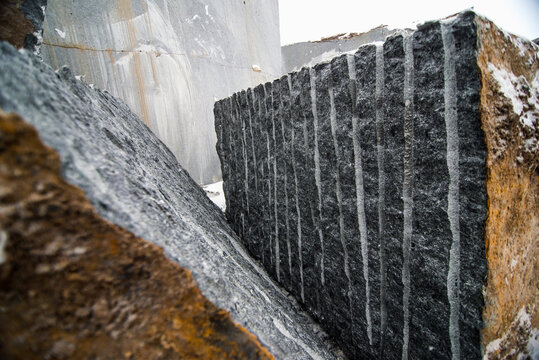Introducing Granite Quarries in South Africa Heritage: A Trip Via Quarries
Introducing Granite Quarries in South Africa Heritage: A Trip Via Quarries
Blog Article
Uncovering the Rich Background and Sustainable Practices of Granite Quarrying
As we base on the precipice of discovering the complex tapestry of granite quarrying, a journey through time reveals not just the physical act of drawing out rock yet additionally the cultural and historic significance woven right into the really fabric of this practice. From the ancient origins that laid the structure for modern quarrying techniques to the lasting techniques that are shaping the future of this market, each chisel mark on granite surfaces narrates waiting to be unearthed (granite quarries in south africa). The heritage of granite quarrying extends much beyond plain removal; it is a testament to human resourcefulness, durability, and the long-lasting appeal of this magnificent rock
Ancient Beginnings of Granite Quarrying
Dating back to ancient people, the method of quarrying granite has been an integral part of human background and building advancement. The earliest evidence of granite quarrying dates back to ancient Egypt, where massive pyramids and elaborate sculptures were crafted from this durable stone. The Egyptians used primitive tools to draw out granite blocks from quarries, showcasing the relevance of this product in their monumental buildings.
Progressing in background, the Greeks additionally made substantial payments to the quarrying of granite. The Greeks used granite in numerous building wonders, such as holy places and sculptures, demonstrating their ability in shaping and sculpting this durable stone. The Romans better refined the strategies of quarrying granite, using sophisticated tools like knives and hammers to extract and shape granite for their legendary structures.
Through the centuries, the technique of quarrying granite has progressed, with modern-day technologies improving performance while maintaining the classic allure of this all-natural rock - granite quarries in south africa. From old civilizations to contemporary contractors, the legacy of granite quarrying remains to form our globe
Development of Quarrying Methods
The evolution of quarrying methods has been marked by a continual development towards greater efficiency and precision in extracting granite. From the primary techniques employed by our ancestors to the innovative technologies made use of in contemporary quarrying operations, the market has actually undergone significant advancements. Early quarrying techniques included manual labor with standard devices such as chisels, hammers, and wedges to draw out granite blocks from the earth. As civilizations progressed, strategies like fire-setting and primitive explosives were introduced to facilitate the extraction procedure.
In more current times, the development of machinery transformed the quarrying market, enabling much faster extraction rates and raised productivity. Technologies such as ruby cable saws, high-pressure water jets, and pneumatic drills have become conventional in modern quarries, enabling specific cutting and lowered waste. In addition, innovations in computer-controlled devices and 3D modeling have maximized quarrying procedures, bring about very little ecological influence and improved sustainability techniques. As the need for granite remains to climb, the development of quarrying techniques continues to be indispensable to conference industry requires successfully and sustainably.
Social Value of Granite
Granite holds an extensive cultural significance throughout various civilizations due to its enduring existence in architectural masterpieces and admired monuments. From the impressive pyramids of Egypt to the intricate carvings of the Angkor Wat temple in Cambodia, granite has been a material of selection for revealing majesty and longevity in social heritage. In old Rome, granite columns embellished temples and public buildings, symbolizing stamina and durability. The social significance of granite prolongs past its physical attributes; it embodies resilience, stability, and timelessness, making it an icon of withstanding heritages and customs.

Sustainable Practices in Quarrying
Among the abundant background of granite quarrying and its cultural importance lies an expanding focus on sustainable practices within the market. As environmental awareness and concerns about source depletion have enhanced around the world, the quarrying field has significantly accepted sustainable approaches to reduce its effect on the environment and bordering communities.

Furthermore, recovery and rehabilitation of quarry sites post-extraction are integral to lasting techniques. By recovering quarried locations to an all-natural or valuable state, such as developing wild animals environments or leisure areas, quarriers can balance out the environmental footprint of their operations and contribute positively to the local environment.
Tradition of Granite Quarrying
With a historic backdrop steeped in craftsmanship and commercial progression, what enduring influence has granite quarrying left on the landscape of modern-day culture? why not check here The tradition of granite quarrying transcends mere extraction methods; it has shaped building wonders, city landscapes, and cultural heritage worldwide. The resilient nature of granite has made it a favored option for monoliths, structures, and framework, standing as a testament to the skill and artistry of quarry workers across generations.
In addition, the economic impact of granite quarrying can not be neglected. The industry proceeds to offer job opportunity and drive local economies in areas where granite extraction is widespread. It has additionally stimulated technological innovations in quarrying methods and equipment, leading to more reliable and lasting techniques.
In regards to sustainability, her response the tradition of granite quarrying includes efforts to alleviate environmental impacts with improvement projects and responsible source monitoring. By balancing economic rate of interests with environmental stewardship, the sector aims to make certain that future generations can continue to benefit from this enduring all-natural resource.
Verdict

Report this page